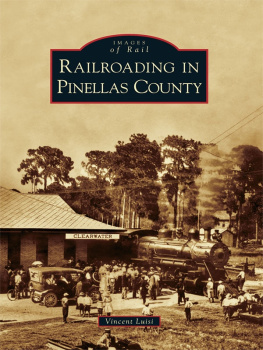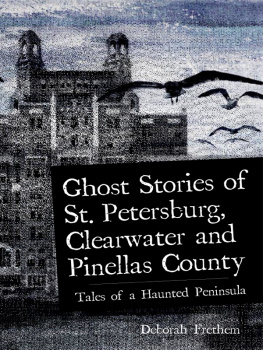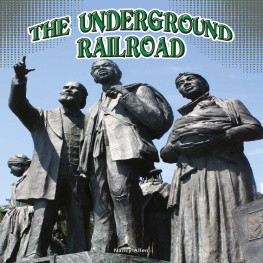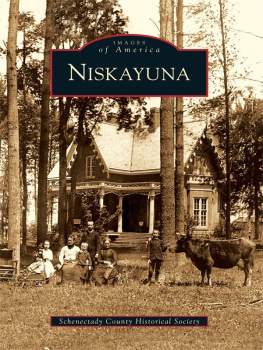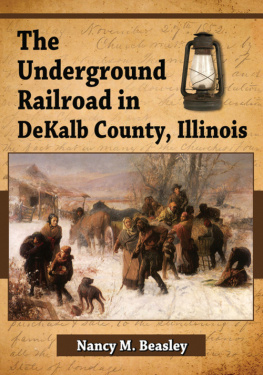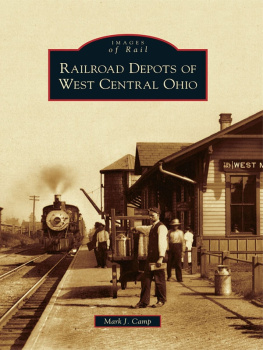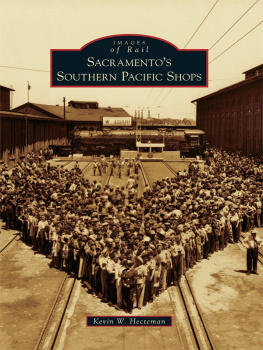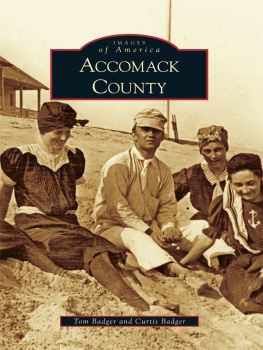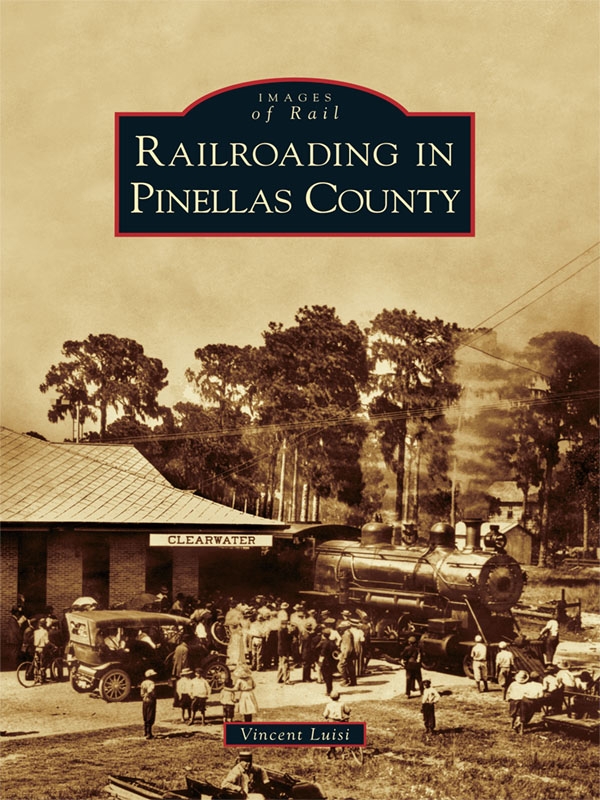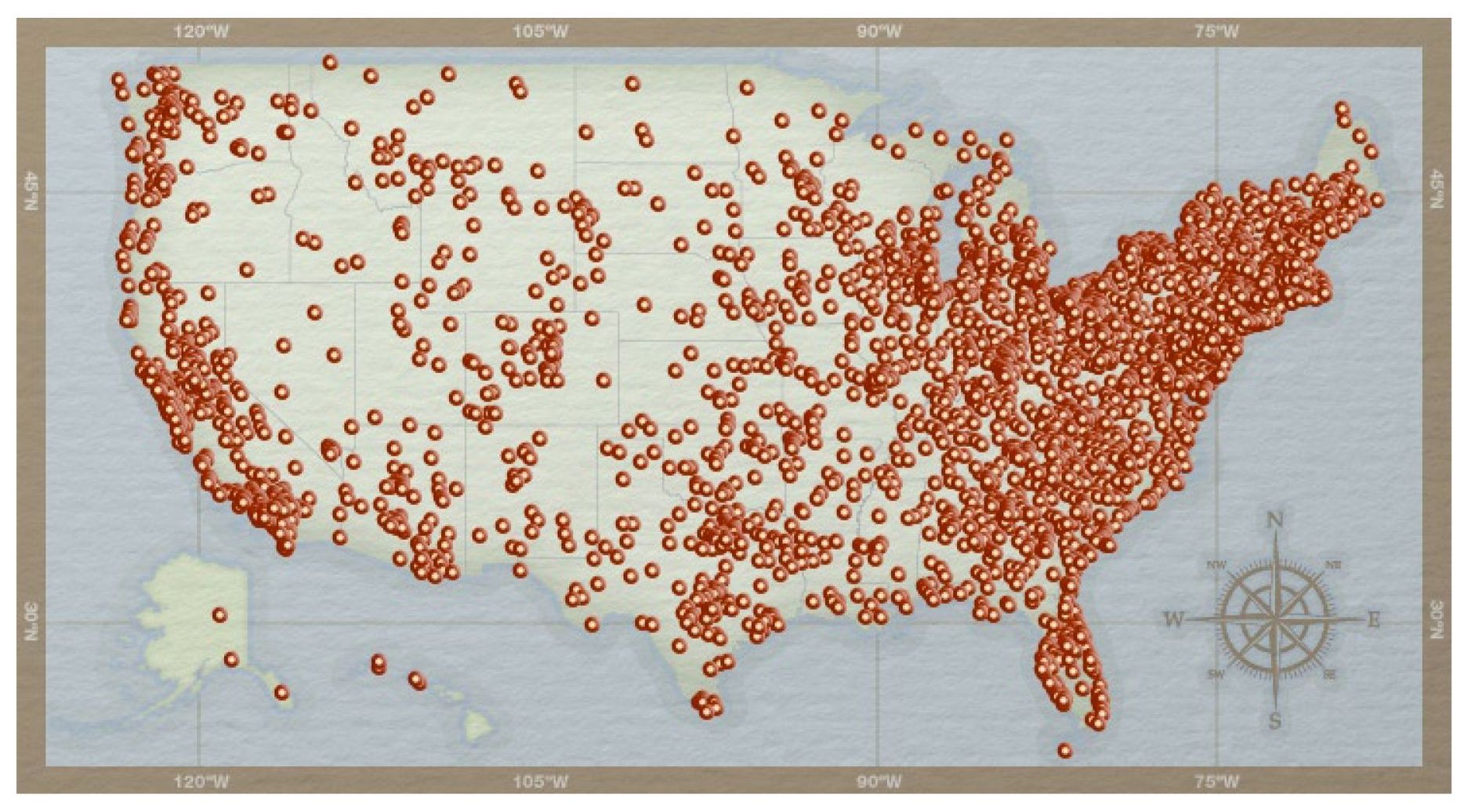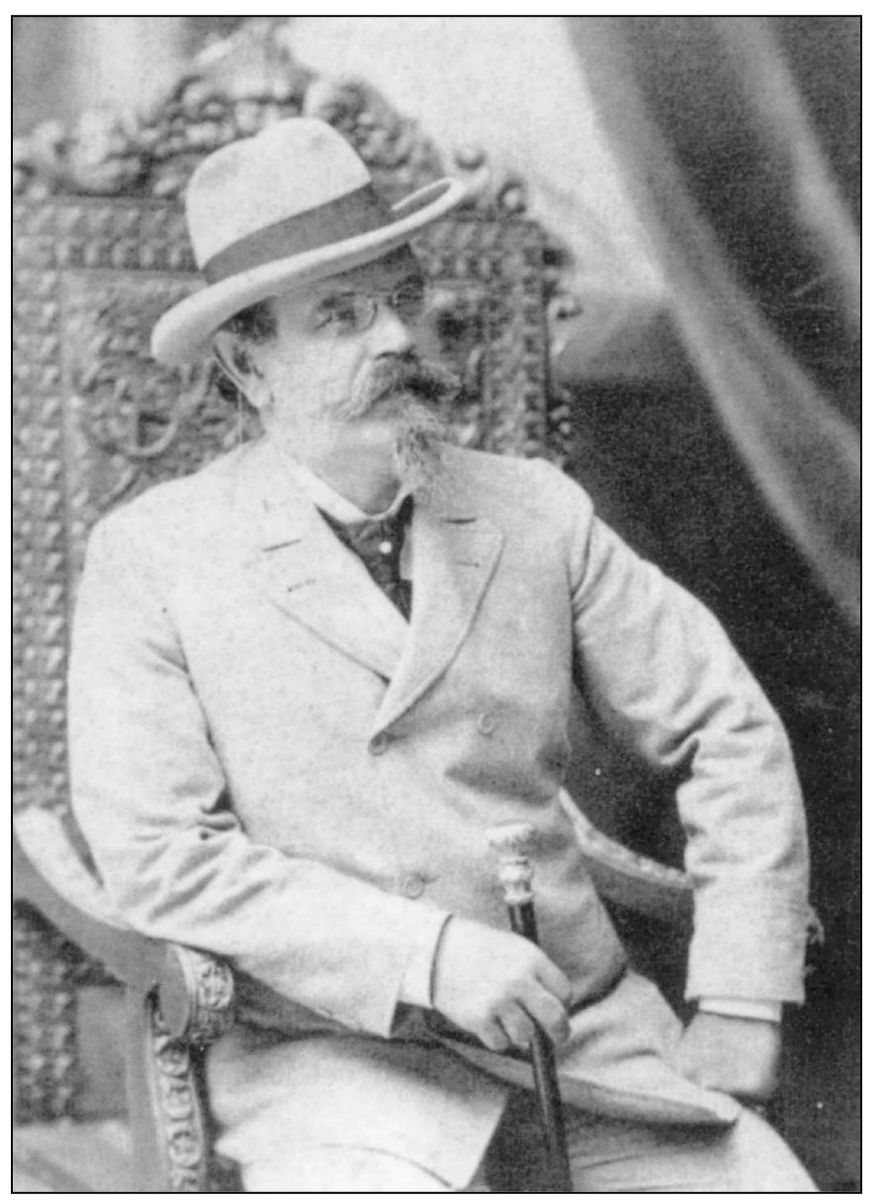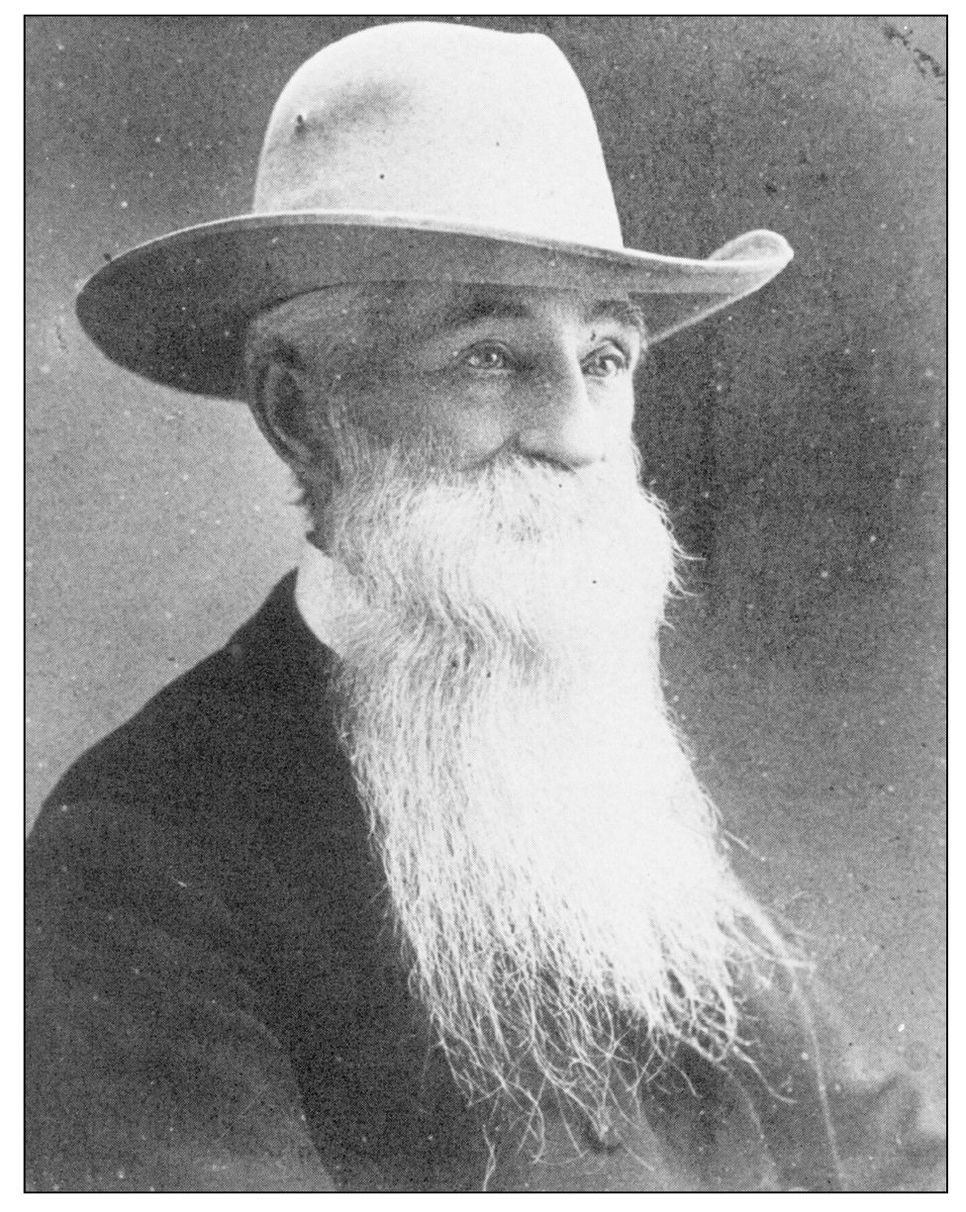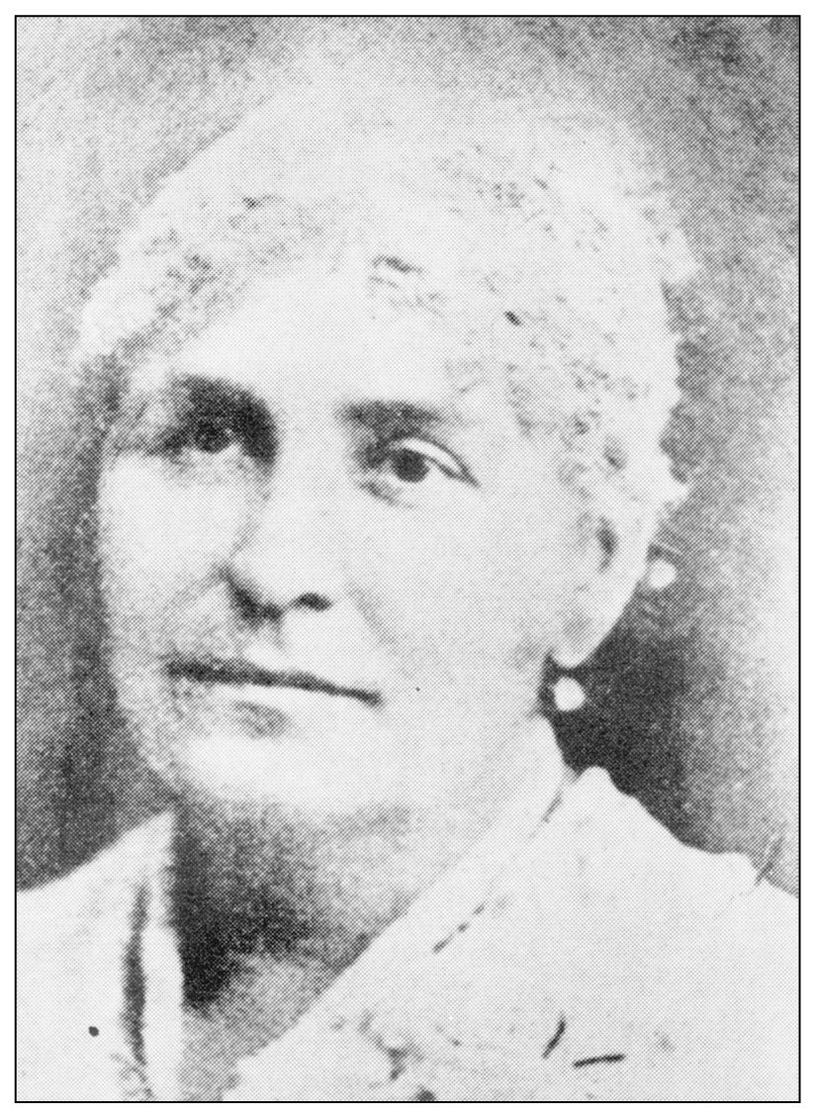ACKNOWLEDGMENTS
Many individuals and various organizations have helped me to complete this project. I am grateful for their assistance and understanding.
I would like to thank the following institutions for allowing me access to their historical archives: Pinellas County Historical Society and Alison Gileson, Tarpon Springs Historical Museum, Upper Pinellas County Historical Museum and Winona Jones, Largo Historical Society and Bob Delack, Pinellas Park Historical Society, Bay Pines Historical Society, Seminole Historical Society, Indian Rocks Beach Historical Society, Wayne and Nancy Ayers, Hadley Shaw Photographic Collection, Kevin Piper of www.railpictures.net , TampaHillsborough County Public Library, Railroad Museum of South Florida, Safety Harbor Museum of Regional History and Ron Fekete, Clearwater Historical Society and Mike Sanders, St. Petersburg Historical Museum, Florida State Archives, the Atlantic Coast Line Railroad and Seaboard Air Line Railroad Historical Society, and Larry Goolsby. Special thanks to authors Michael Mulligan, Robert Stanton, Rebecca Weiss, Gregg Turner, Don Hensley Jr., Tom Pavluvcik, and June Harley Young.
I would like to thank the Dunedin Historical Society staff, Linda Sanders and Sandra Kinzer, and volunteers Nell Thomas, George Nigro, Mary Frances Sullivan, Haila Cavanagh, and Van Nix for their editing, typing, and computer skills. And finally, a special thank you to my assistant historical researcher, Jenna Saletto.
Vinnie Luisi, 2010
Courtesy Abbreviation Key:
DHMDunedin Historical Museum
TSMTarpon Springs Historical Society and Museum
SHMSafety Harbor Museum of Regional History
SPHSt. Petersburg Museum of History
FSAFlorida State Archives
USFUniversity of Southern Florida
HPLTampaHillsborough County Public Library
PCMPinellas County Museum
HPMHenry Plant Museum
PPHPinellas Park Historical Museum
LHSLargo Historical Society
PHMNorth Pinellas Historical Museum
SPT St. Petersburg Times
CHSClearwater Historical Society
GHMGulfport Historical Society and Museum
JBCJerry Beverland Collection
IRHIndian Rocks Beach Historical Society and Museum
CSPCity of St. Petersburg
BPHBay Pines VA Healthcare
CPLClearwater Public Library System
MSCMatthew D. Scott Collection
Find more books like this at
www.imagesofamerica.com
Search for your hometown history, your old
stomping grounds, and even your favorite sports team.
One
18801900
Getting the narrow-gauge railroad named Orange Belt to St. Petersburg on June 8, 1888, was a difficult journey. Russian immigrant Pyotr Alekseyevich Dementyev, or Peter Demens, invested his and others money to build a railroad through the Pinellas peninsula. Demens discussed the railroad venture with Hamilton Disston, who had huge property rights in Florida that included part of the Pinellas peninsula. After negotiations broke down between Demens and Disston, Demens acquired the Pinellas land from Gen. John Constantine Williams Sr. and his wife, Sarah.
Many setbacks plagued the railroads construction. Demens fought financial collapse several times but always managed to save the project. When the Orange Belt tracks finally made it to the southern tip of the Pinellas peninsula, Demens named the little town St. Petersburg after his hometown in Russia. A temporary wooden platform was built, and on June 8, 1888, the first train and its only passenger, a shoe salesman, were welcomed. Demens and Williams planned streets, a train station, a wharf on Tampa Bay, and a 40-room hotel named the Detroit, in honor of Williamss Michigan home. The Orange Belt station, built in a Russian style, was located on Second Street near the hotel. The railroad rarely kept a schedule, making several stops while traveling north to Tarpon Springs, northeast to Sanford, and returning back to St. Petersburg.
Peter Demens held his railroad interests for only one more year and was bought out in 1889. Unable to pay the interest on the bonds, the Orange Belt Railroad went into receivership, and the owners reorganized as the Sanford and St. Petersburg Railroad in 1893. The bad weather and mechanical problems continued for the railroad, so the owners sold it to millionaire Henry B. Plant in 1895.
Henry Plant integrated the Sanford and St. Petersburg Railroad into his Southern Railway System, changing the Orange Belts narrow-gauge tracks to standard size on the more profitable routes. The remaining narrow-gauge routes were utilized by the lumber companies, which fed into Plants system. Plant also bought land in Sutherland and Belleair Bluffs, where he began constructing hotels to join his luxury Tampa Bay Hotel. Sutherlands San Marino Hotel was destroyed by fire during its second season. The Belleview Biltmore Hotel, completed in 1897, became a scheduled stop. After Henry Plants death in 1899, his railroad system was sold to the Atlantic Coast Line in 1902.
Hamilton Disston, a successful manufacturer, recognized the business potential within Florida while on a fishing trip with companions in Florida. Disston befriended Gov. William Bletham, who sold him 4 million acres of Florida land at 25 per acre in an effort to save the state from financial bankruptcy. In that 1881 deal, Disston acquired an 110,000-acre peninsula that would soon become Pinellas County. When Disston was negotiating with Peter Demens for railroad rights-of-way within the peninsula, the final stop on the Orange Belt Railroad Line was to be named Disston City, but when negotiations between Disston and Demens broke down, Demens struck a new agreement with landowner John Constantine Williams Sr., and the city was named St. Petersburg. (PCM.)
Pyotr Alekseyevich Dementyev was born near St. Petersburg, Russia. He immigrated to America and changed his name to Peter Demens. Demenss first commercial venture in America was the ownership of a sawmill in Longwood, Florida. He later became a railroad promoter and is credited with bringing the Orange Belt Railroad system to the Pinellas peninsula. (PCM.)
John Constantine Williams Sr. owned the property that would become downtown St. Petersburg. Williams and his wife, Sarah, made an agreement with Demens and his associates to allow a railroad right-of-way to pass through Williamss property. This gave the Orange Belt Railroad Company 250 acres of prime waterfront land and allowed the subsequent extension of the railroad to the waterfront. (SPH.)
Sarah Williams was instrumental in making business arrangements with Demens along with her husband, John. Sarah rarely received the credit she deserved in the creation of the Orange Belt Railroad. (SPH.)

